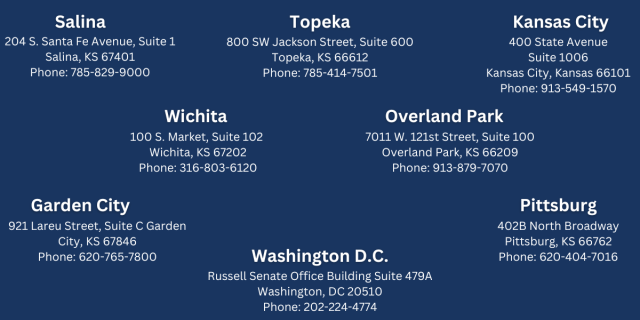| 

Senator Marshall speaks with members of the High Plains Co-op in St. Francis. 
Senator Marshall speaks with locals during a stop at a gas station near St. Francis. 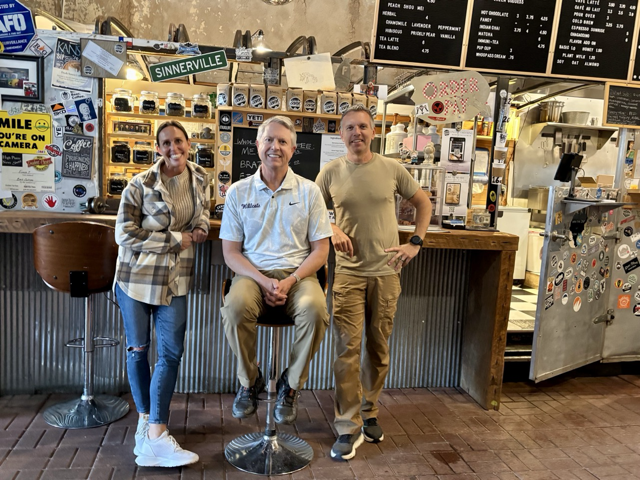
Senator Marshall stops in to see the owners of Fresh Seven Coffee in St. Francis. 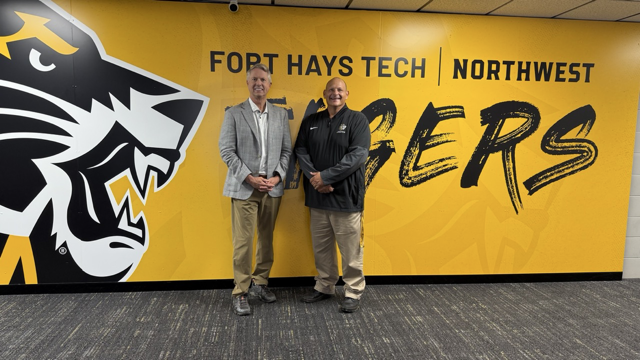
Senator Marshall meets the President of Fort Hays Northwest Tech during a tour. 
Senator Marshall inspects the facilities of Colby Community College. 
Senator Marshall walks through the construction site at the location of the New Citizens Medical Center in Colby. 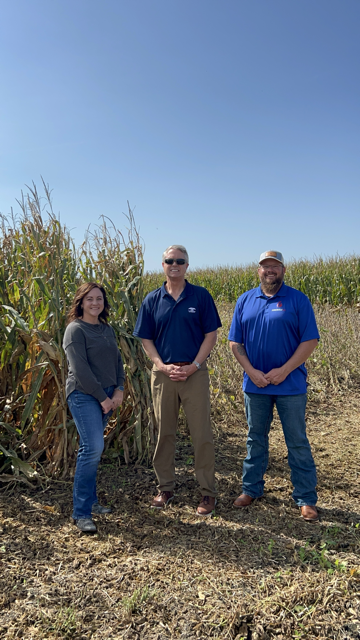
Senator Marshall, during a tour of Firebolt Agriculture in Norton County. 
Senator Marshall greets attendees at a meeting at Philips County Hospital. 
Senator Marshall meets with the owner of 1872 Restaurant and staff from Nex-Tech in Stockton. 
Senator Marshall during his tour of Beardsley Co-op in Atwood. 
Senator Marshall with the folks from Birsdall Automotive in Osbourne. 
Senator Marshall, during a tour stop at Cheyenne County Hospital. 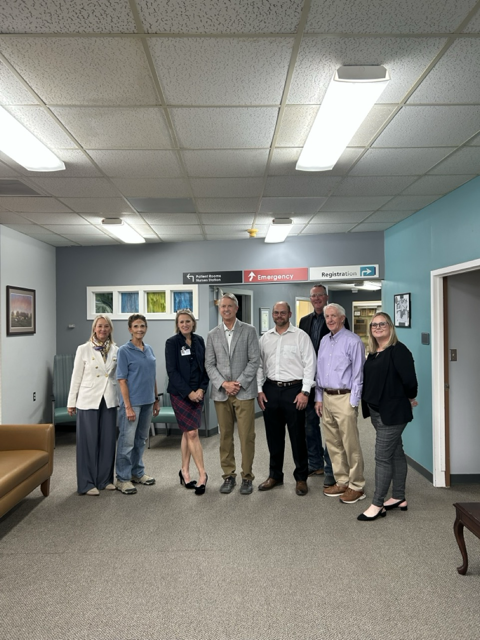
Senator Marshall meets with leadership and staff from Goodlands Regional Medical Center. 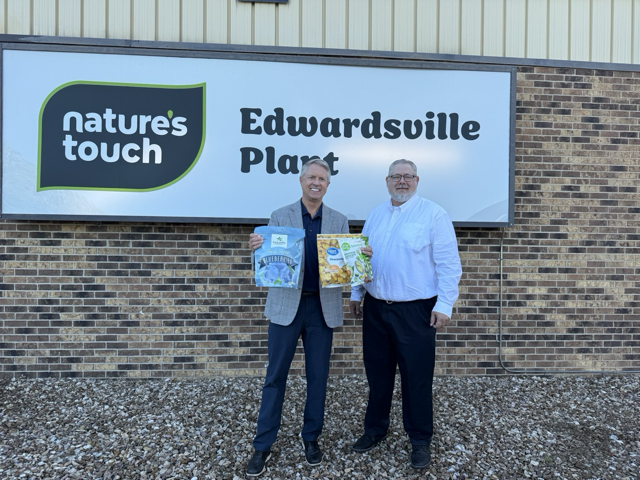
Senator Marshall, during a tour of the Nature's Touch Frozen Foods plant in Edwardsville. 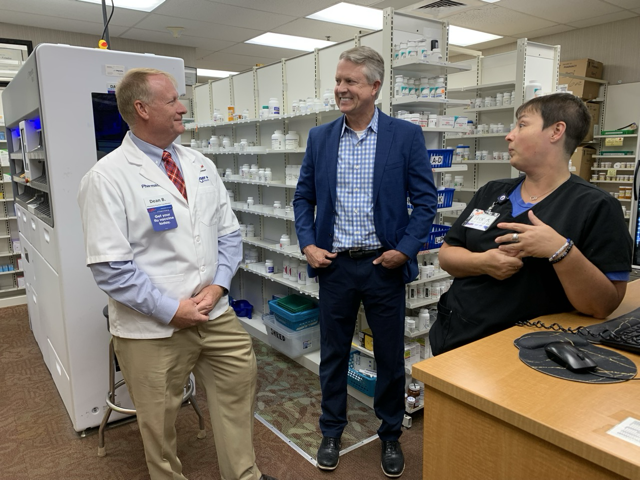
Senator Marshall talks with Kroger pharmacists during a stop in Lawrence. 
Senator Marshall inspecting world-class Kansas beef at the Walmart beef facility in Olathe. 
Senator Marshall speaks at the Agri-Pulse event in Kansas City Senator Marshall: Monuments Like This Are Our Eternal Storytellers On Friday, I had the honor and privilege to address a gathering of Gold Star Families at Fort Riley, where the new Gold Star Families Memorial was dedicated.
The 1st Infantry Division – the Big Red One – is the U.S. Army's enduring elder statesman. They are the first to leap into the fire of our nation's fiercest battles: World War I, World War II, Vietnam, and Desert Storm. Always the tip of the spear, charging ahead with unyielding grit.
I told the attending Gold Star Families that their "loved ones' daring deeds have painted indelible strokes on our nation's canvas. And none of it without you — the fervent prayers for a son or daughter overseas, the heartfelt letters to a child in uniform, the home fires kept burning for children while a spouse faced the unknown. Your sacrifices fueled their valor, and today, we bow in gratitude to you both."
As I said during my remarks, "This isn't a shrine to conflict, but a vibrant ode to courage—the kind that transforms everyday folks into legends, inspiring us all to chase life, liberty, and happiness with unbridled zeal."
I also want to recognize the Manhattan Community Foundation, as this memorial couldn't have been possible without their help.
The memorial says that "their duty was to serve; ours is to remember." It's a perfect way to honor the 13,578 names etched on that granite monument. It's my sincere hope that this memorial will serve as a reminder for all of us to live a life worthy of their sacrifice. 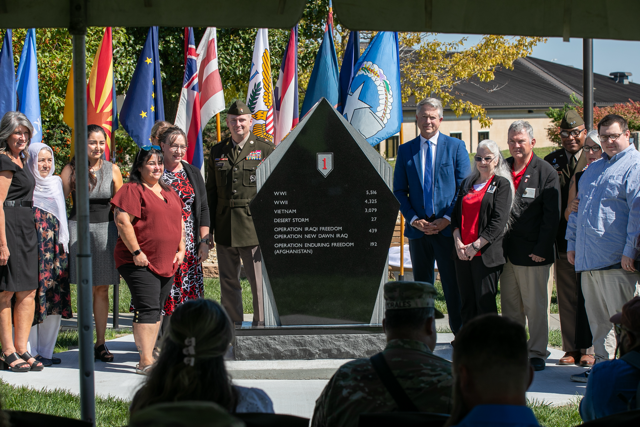
Senator Marshall, along with Gold Star Families and other dignitaries, at the new Gold Star Families Memorial. 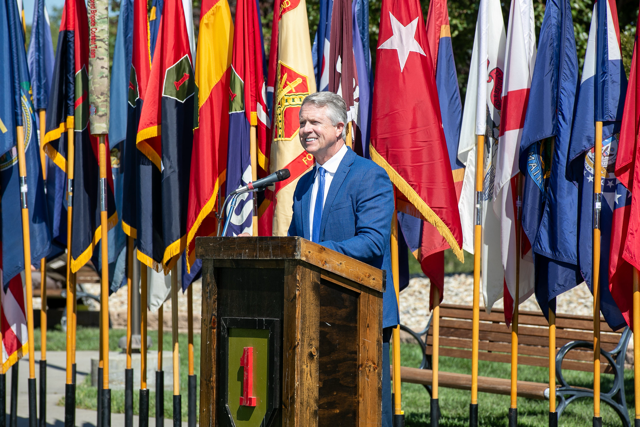
Senator Marshall delivers remarks to attendees at Fort Riley. 
Senator Marshall poses with General Monte Rone, Commanding General of the 1st Infantry Division, and his wife Michelle. Senator Marshall: Democrats' Solution to Every Problem is to Throw More Money at It Very early in the week, before departing for Kansas, I joined Shannon Bream on Fox News' Fox News Sunday to discuss the firing of Jimmy Kimmel, free speech in America, the Senate HELP Hearing last week, and stopping the looming Schumer Shutdown. 
Click HERE or on the image above to watch my full interview on Fox News.
| 